The Dairy Culture Market is currently characterized by a dynamic competitive landscape, driven by increasing consumer demand for probiotic-rich products and a growing awareness of health benefits associated with dairy cultures. Major players such as Danone (FR), Nestle (CH), and Lactalis (FR) are strategically positioned to leverage these trends through innovation and regional expansion. Danone (FR) focuses on enhancing its product portfolio with health-oriented offerings, while Nestle (CH) emphasizes sustainability in its operations. Lactalis (FR), on the other hand, is actively pursuing acquisitions to strengthen its market presence, indicating a trend towards consolidation in the sector. Collectively, these strategies contribute to a competitive environment that is both fragmented and concentrated, with key players vying for market share through differentiated offerings.
In terms of business tactics, companies are increasingly localizing manufacturing to reduce costs and enhance supply chain efficiency. This approach not only mitigates risks associated with The Dairy Culture demands. The Dairy Culture Market appears moderately fragmented, with several key players holding substantial market shares. However, the influence of these major companies is significant, as they set trends and standards that smaller players often follow, thereby shaping the overall market structure.
In August 2025, Danone (FR) announced a partnership with a leading technology firm to develop AI-driven solutions for optimizing its production processes. This strategic move is likely to enhance operational efficiency and reduce waste, aligning with the company's sustainability goals. By integrating advanced technology into its operations, Danone (FR) positions itself as a forward-thinking leader in the dairy culture sector, potentially setting a benchmark for competitors.
In September 2025, Nestle (CH) launched a new line of plant-based yogurt alternatives, catering to the rising consumer preference for dairy alternatives. This initiative not only diversifies Nestle's product offerings but also reflects a broader trend towards plant-based diets. The introduction of these products may allow Nestle (CH) to capture a new segment of health-conscious consumers, thereby reinforcing its competitive edge in the market.
In July 2025, Lactalis (FR) completed the acquisition of a regional dairy producer in Eastern Europe, significantly expanding its footprint in that market. This acquisition is strategically important as it enhances Lactalis's distribution capabilities and product range in a region that is experiencing growing demand for dairy culture products. Such moves indicate a trend towards consolidation, where larger players seek to absorb smaller entities to bolster their market positions.
As of October 2025, the Dairy Culture Market is witnessing a shift towards digitalization and sustainability, with companies increasingly adopting AI and other technologies to enhance their operations. Strategic alliances are becoming more prevalent, as firms recognize the value of collaboration in navigating complex market dynamics. Looking ahead, competitive differentiation is likely to evolve, with a greater emphasis on innovation and technology rather than solely on price. Companies that can effectively integrate these elements into their strategies will likely emerge as leaders in the Dairy Culture Market.


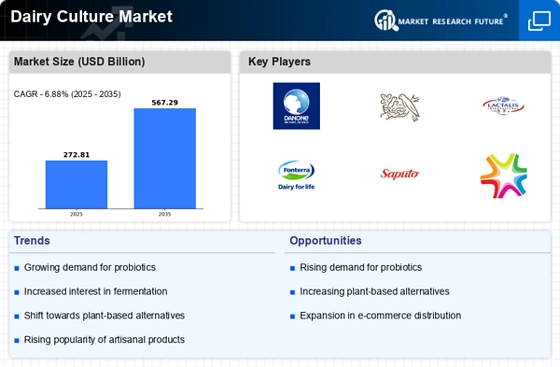

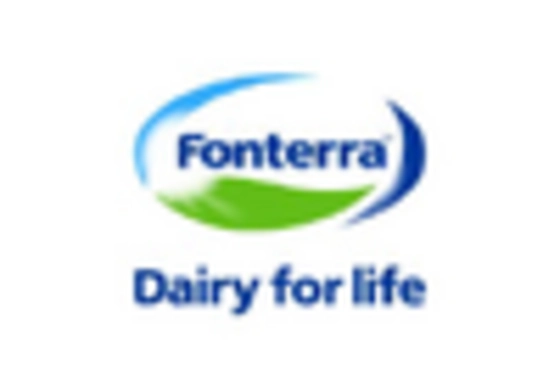
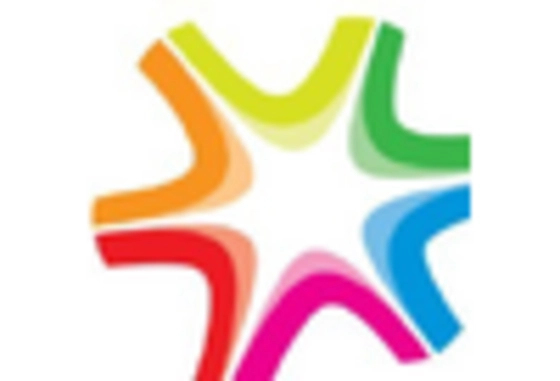

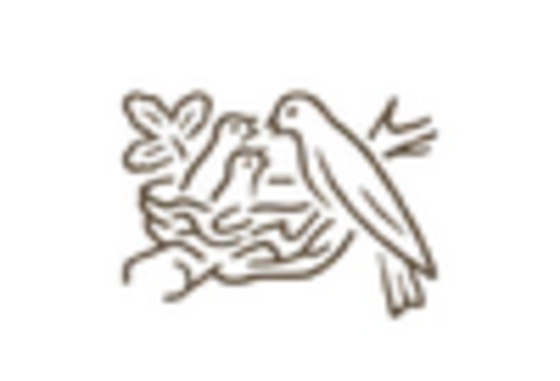
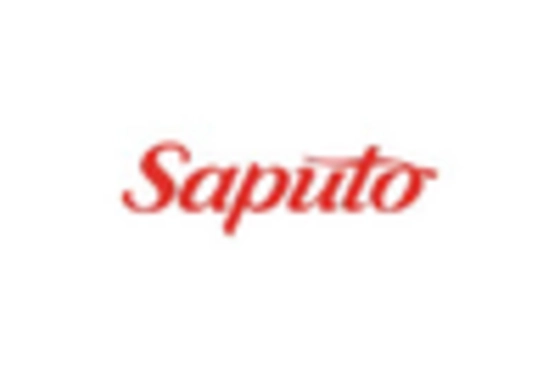








Leave a Comment